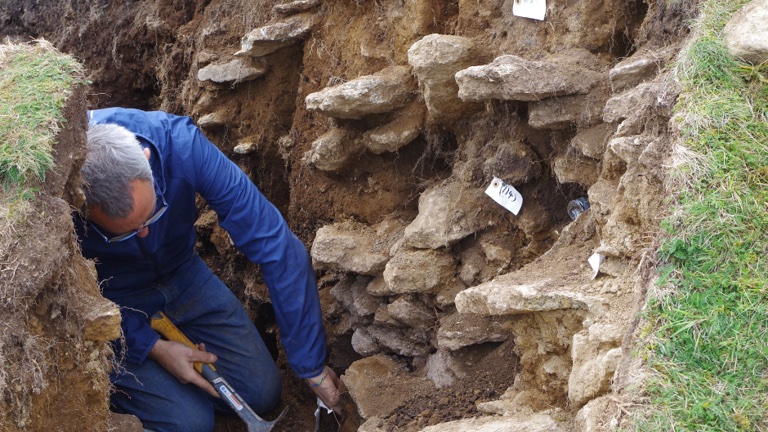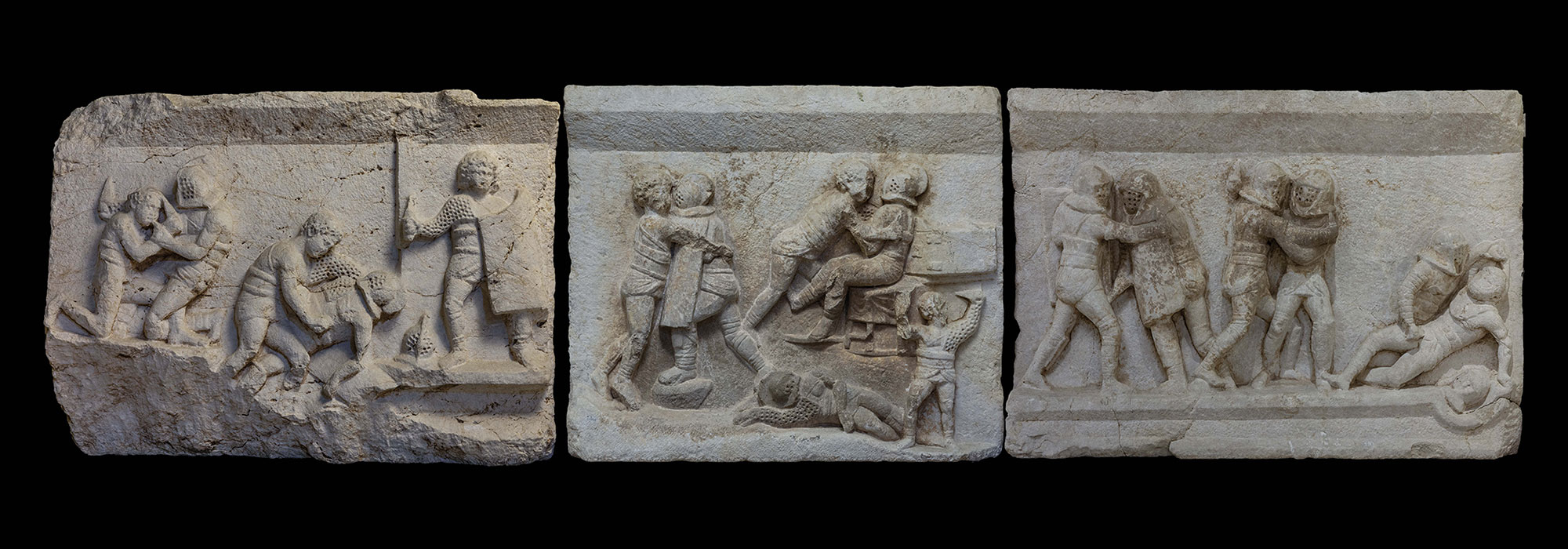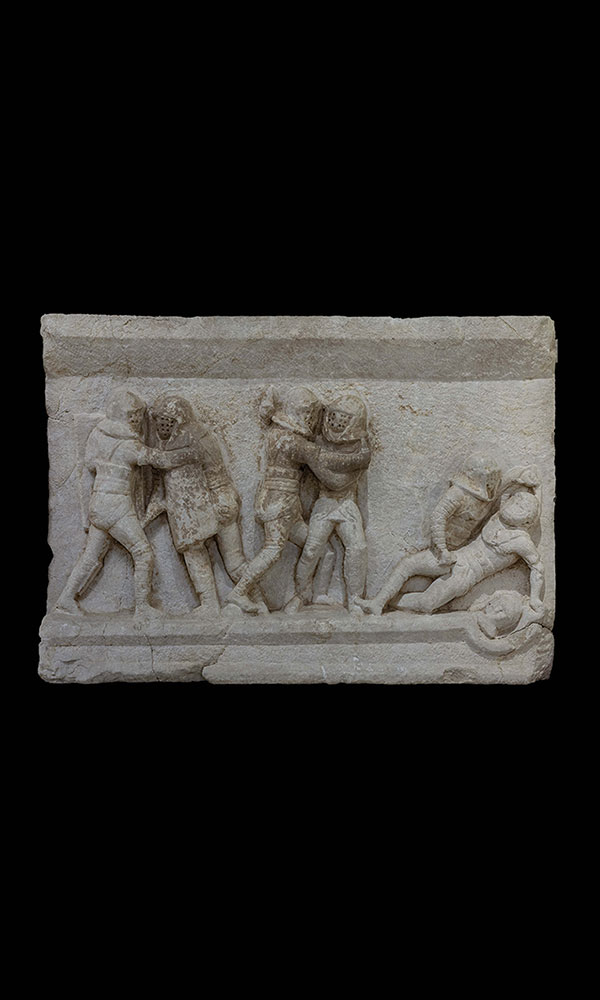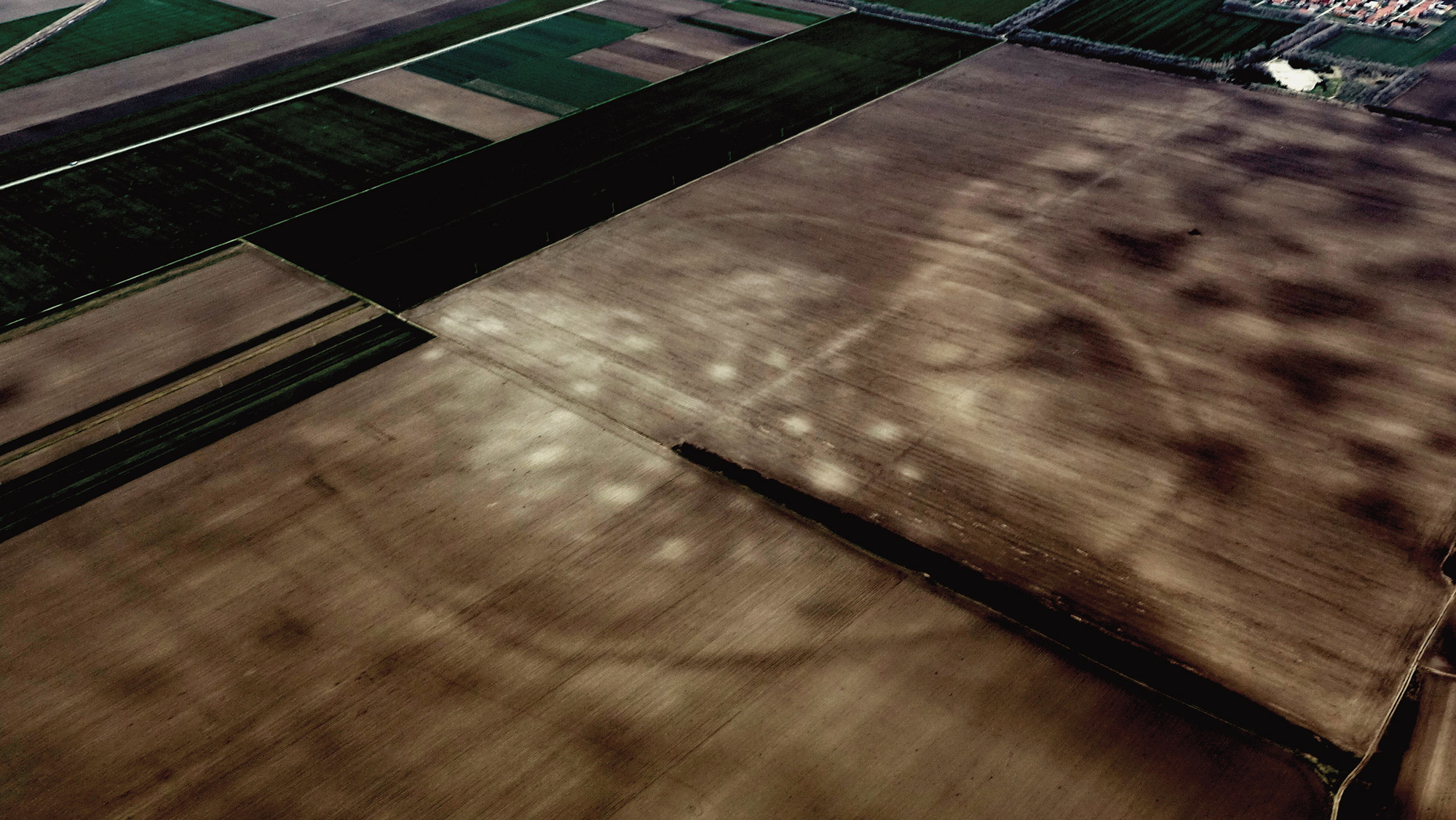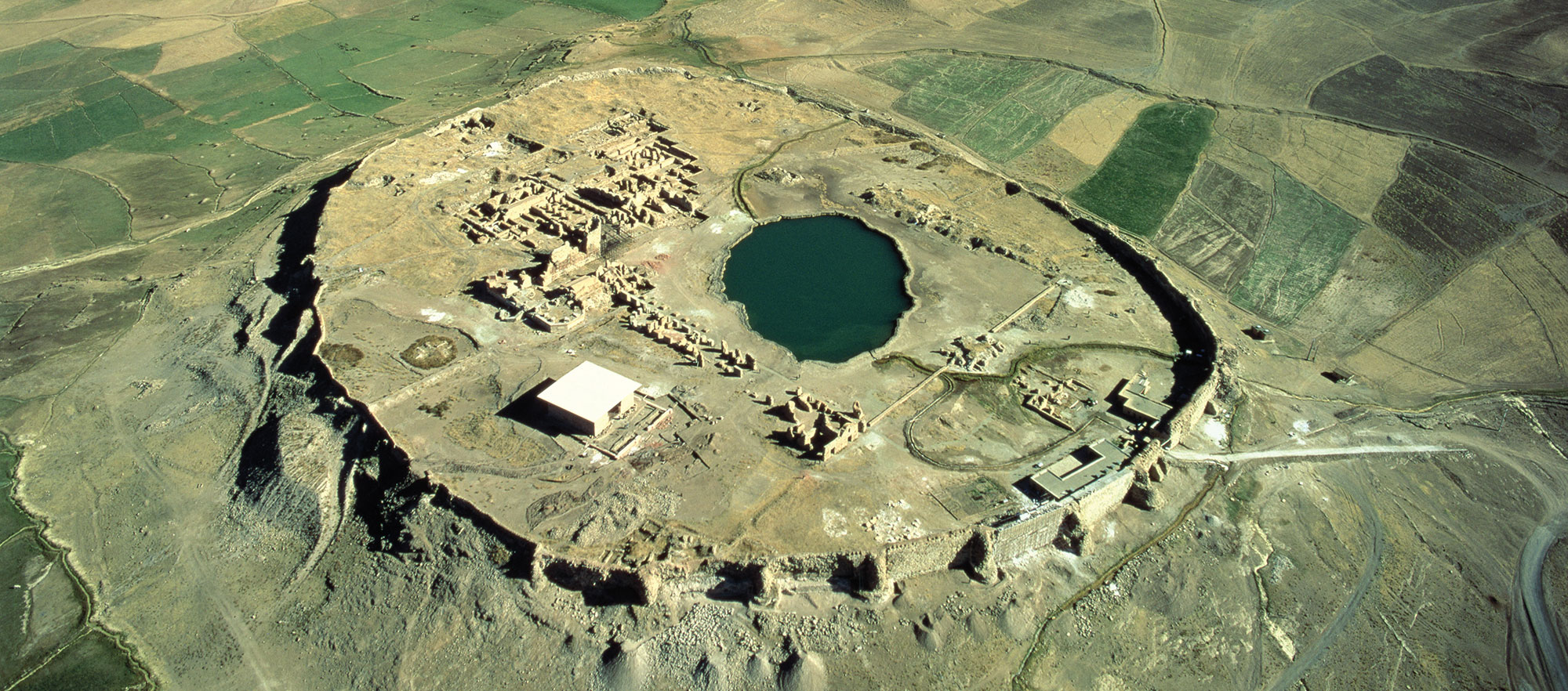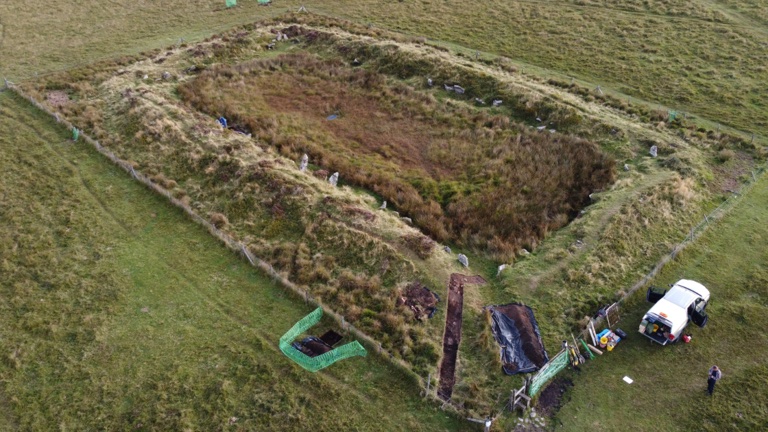
CORNWALL, ENGLAND—BBC News reports that excavations at the site of King Arthur's Hall on Bodmin Moor, which scholars once thought had been constructed in the medieval period, yielded evidence that it actually dates back some 4,000 years earlier. The monument consists of standing stones sourced from the immediately surrounding area that archaeologists began to suspect were erected during the Neolithic period. To confirm this hypothesis, a team led by the Cornwall Archaeological Unit (CAU) took sediment cores from the site that contained insects, pollen, and parasite eggs. Radiocarbon and optically stimulated luminescence dating yielded a date between 5,500 and 5,000 years ago. CAU archaeologist James Gossip said that people used and renovated the site multiple times until the medieval era. "Knowing when King Arthur's Hall was built will help us understand this unique monument form better, how it might have originally been used and how it could have been used over time," he said. To read more about Cornwall's Arthurian lore, go to "A Dark Age Beacon."


